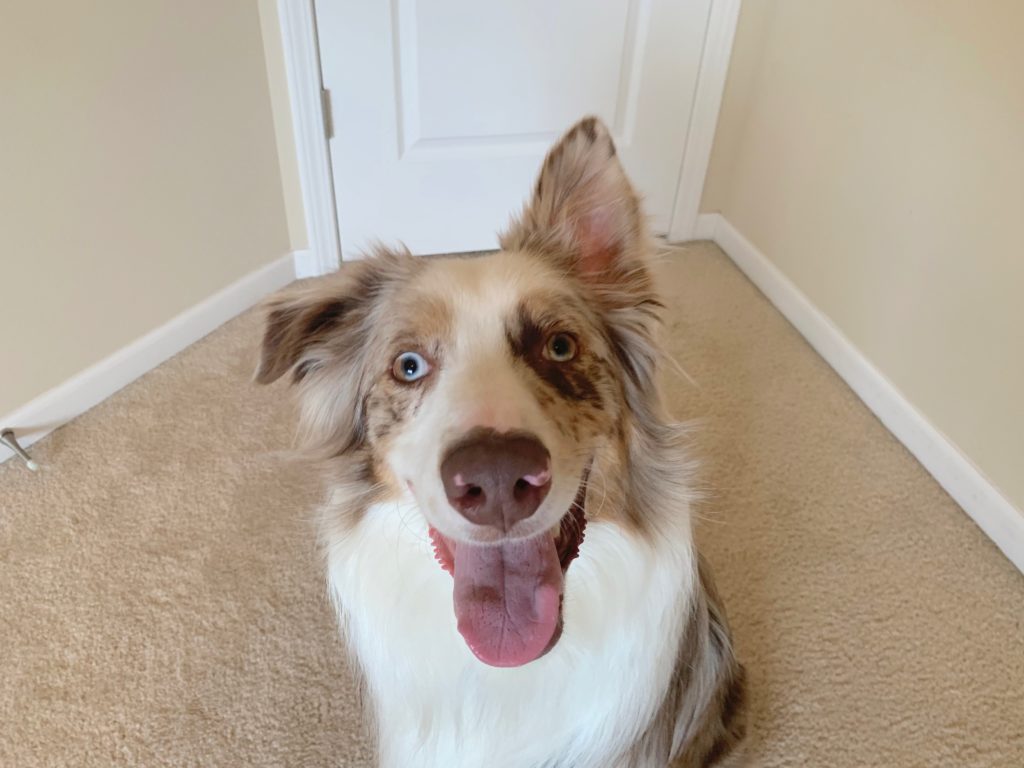Helping a Fearfully Aggressive Australian Shepherd
By: David Codr
Published Date: July 30, 2019
For this Omaha dog training session we were called in to work with Atlas a 1 year-old Australian Shepherd who acts fearfully aggressive around new people.
Knowing that Atlas had bit a few people, I tried to set up a positive greeting by using a few dog behaviorist tricks. However, it quickly became apparent that Atlas too upset to have a successful meeting.
When you are trying to rehabilitate an aggressive dog, it can’t be reactive. We call this above-threshold, basically a dog version of being hysterical. When a dog is above threshold, they aren’t going to hear or learn anything. An above threshold dog is one who will be most prone to biting.
In Atlas’ case, I believe he is insecure or fearfully reactive. You could see he was twitchy and stiff in the above video; classic signs of stress and anxiety in dogs.
We put Atlas in his room and I conducted the rest of the session with his guardians. They are going to be in the best position to get him started on the road to recovery. We discussed the importance of rules and structure, how to pet with a purpose and reward desired behaviors through passive training.
I asked the guardians to put into practice a number of changes we covered in this in home Omaha dog training session for the next month to start to alter the leader follower dynamic. This should help reduce Atlas’s anxiety and put him in a position to do some BAT training to help him learn new social skills and ways to express himself without resorting to aggressive behavior.
We filed a roadmap to success to help the guardians remember all the dog psychology tips we covered in today’s session.
Categorized in: Dog Behavior


